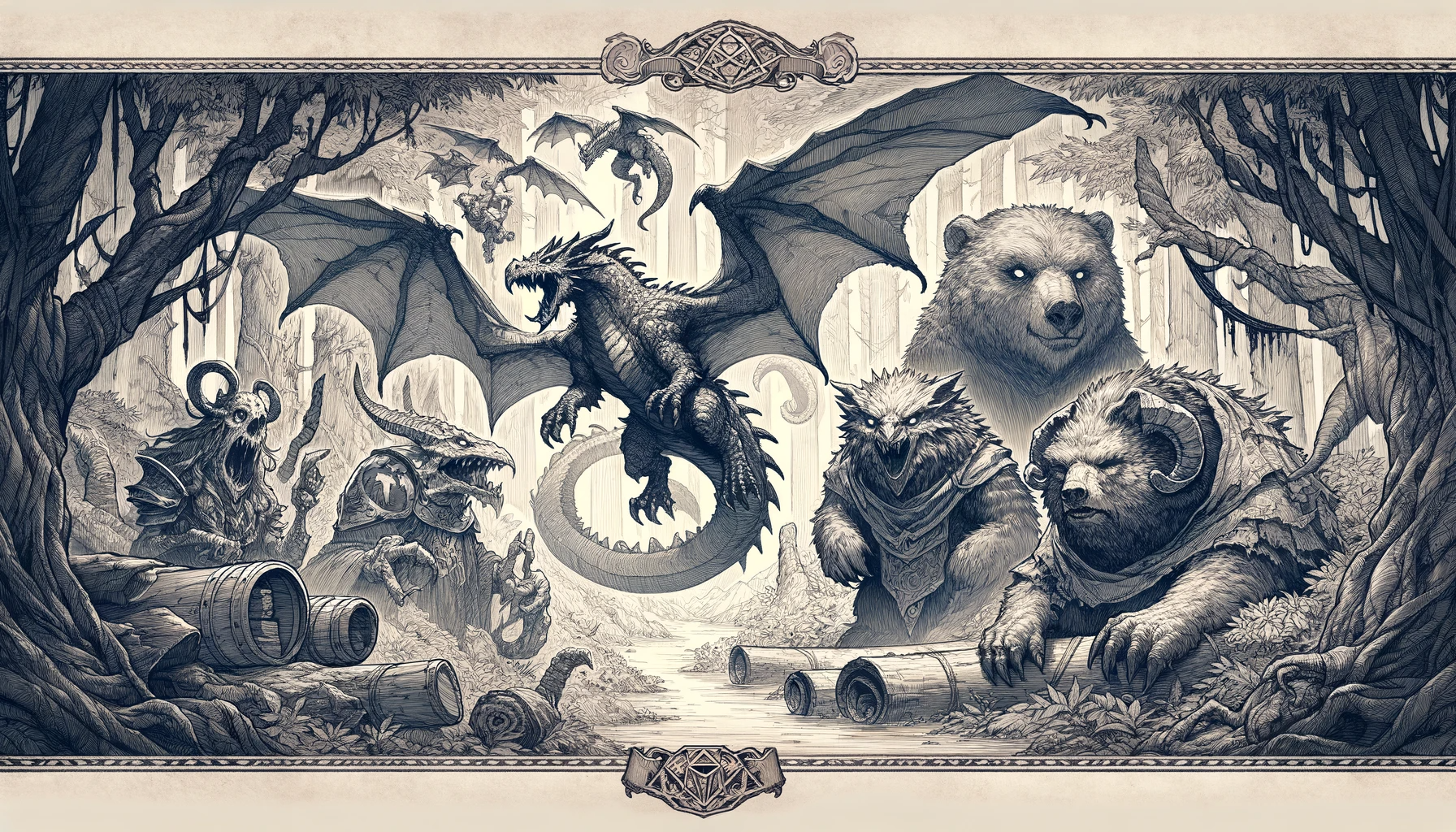Summon Spirit (AD&D 2E)
| Summon Spirit | |||||||||||||||||||||||||||||||||||
|---|---|---|---|---|---|---|---|---|---|---|---|---|---|---|---|---|---|---|---|---|---|---|---|---|---|---|---|---|---|---|---|---|---|---|---|
| 4th Level Spell, Necromancy | |||||||||||||||||||||||||||||||||||
Range: 10 yards Duration: 1 round/level Area of Effect: 1 dead human or demihuman |
Components: V, M Casting Time: 1 turn Saving Throw: Special | ||||||||||||||||||||||||||||||||||
| Description: This spell allows the wizard to raise up the spirit of a dead human or demihuman, which may answer questions put to it by those present at the summoning. Of course, the questioners must speak the same language as the dead creature.
Summoning a dead spirit is far from a certain or trouble-free enterprise. The base chance that a spirit will answer the summons is 50% + 1% for each experience level of the wizard casting the spell. This chance of success also depends on the authority of the caster in the spirit world, the length of time the subject has been dead, and the specific time of day during the casting (see Table 11). Regardless of actual penalties or bonuses, the chance of success never drops below 5% or rises above 95%. If the spell fails, there is always the chance that the summoning will attract the attention of some other (potentially hostile) spirit or undead creature, either from the netherworld or the general vicinity of the caster. The chances of summoning a malicious undead are 5%, cumulative with every failed attempt by the same caster. The DM may roll on the table for the clerical spell summon undead. Note that this spell in no way protects the wizard (or those present at the casting) from the attacks of inadvertently summoned undead. If the summoning is successful, the desired spirit slowly rises from the ground before the caster. The spirit's willingness to answer questions will first determine the effectiveness of the spell. If the spirit is of a different alignment than the caster or formerly had more hit dice than the caster's current level of experience, the shade is entitled to a saving throw vs. spells to resist the interrogation. Provided that the spirit is agreeable, it can answer no more than one question for every three levels of the caster. Summoned spirits tend to be evasive and cryptic when questioned by the living. In general, their knowledge is limited to what they knew while alive. A spirit may also be called upon to answer specific questions about the near future, regarding actions undertaken before the next nightfall. Questions and predictions about future events are subject to the same conditions and limitations as the priest spell augury. This spell requires a shallow pit filled with the blood from a slaughtered ram. The pit opens a symbolic link with the netherworld, while the blood serves to lure a spirit back into the world of the living. Note that the blood may also attract hostile undead (if the summoning fails). The DM may care to modify this spell so that it always summons a host of spirits (numbering 1-20) who must be individually questioned and placated before the desired shade arrives. The DM may also care to increase the chances of summoning a hostile undead (even if the spell succeeds) to reflect the caster's location and the tone of the campaign. Obviously, calling a beneficial spirit near the burial mound of a wraith may bring both creatures to investigate the unusual summons. Table 11 - Spirit Summoning Modifiers
| |||||||||||||||||||||||||||||||||||
| Source: DMGR7 - The Complete Book of Necromancers (TSR2151), Page 54 | |||||||||||||||||||||||||||||||||||
